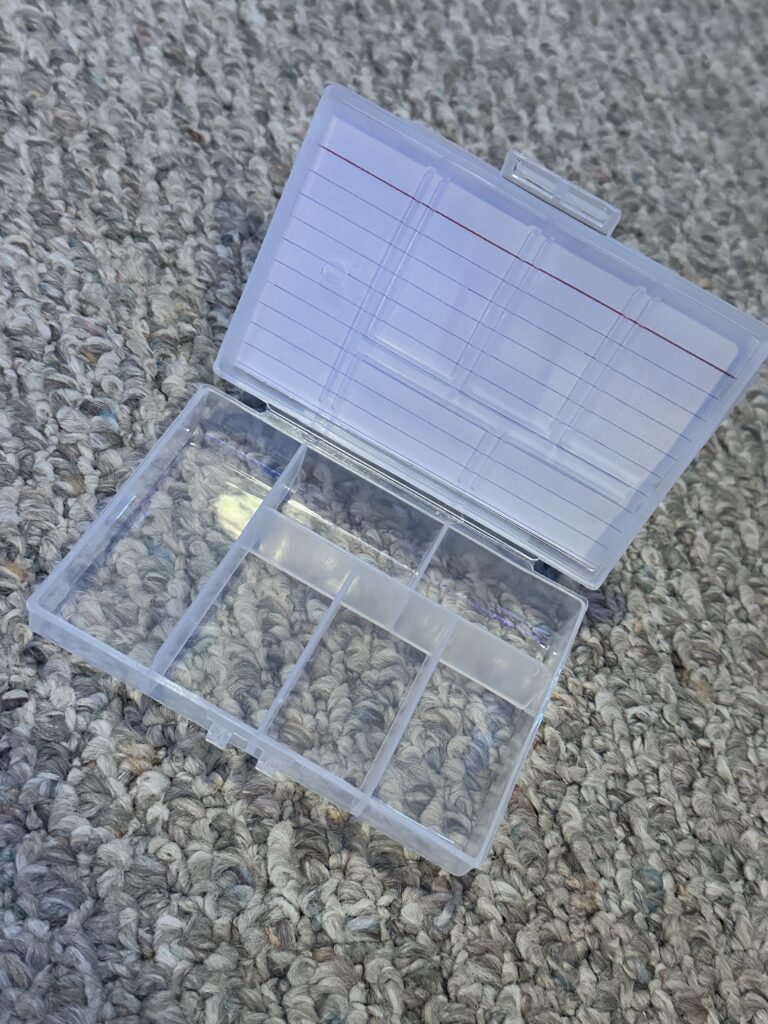5 Persuasive Game Ideas:
- “Polluted” (Awareness to polluted oceans effects on wildlife)
Players start the game by learning about various sea creatures and how they live in their natural world. From whales to sea turtles and even to nudibranchs, this game gives players the full experience of the complexities of survival in the sea. However, after players learn about these animals and grow attached to their stories, the factor of humans comes into play. Now, players start to see how these various species’ environments are tainted with garbage and waste and how it affects the animals.
Mechanics: (Intended to be played as a video game) When players begin the game, they are presented with multiple pictures of varying sea life. When they pick a photo, they are then walked through the natural day-to-day lives of the animals, such as how they eat/hunt, the environment they live in, and what they do to survive – such as if they must defend their territory, court each other for mates and migration patterns. After players “meet” the sea creature, the story will turn into a darker tale, expressing the alarming rate at which the oceans are polluted. It is now the player’s job to save trapped animals – such as if a turtle gets its head stuck in a jar. The player also must adapt to what it truly means to reduce, reuse, and recycle. The game can only then be “won” once there is a significant impact on how the environment in the ocean is supposed to be.
- “Follow the Stars” (Awareness of light pollution)
Years ago, humans used to use the stars as a form of navigation. Now, we see GPS as our primary tool for finding where we need to go. “Follow the stars” brings a twist to this modern ability by forcing players to find ways to turn off lights in a big city so that they can begin to see a clear night sky again.
Mechanics: (intended to be a video game/app) Players are given a paper that says (e.g.) “Follow the north star and then the smallest tip on the little dipper, and you will find where we are meant to meet.” However, players will notice that the sky above them makes it impossible to view the stars. As they begin their journey, players will point and click to turn off streetlights, apartment building lights, and signage to get a clearer view of the sky. Only after players turn off 4-5 light sources can they begin to journey forward into the night.
- “Nostalgia” (Awareness of the need to appreciate items and reuse them)
Have you ever had an item, like a radio blanket or even a T-shirt, that worked just fine as it did years ago when you bought it, but now you are older, and it feels like it’s time for a new one? “Nostalgia” is a game where players are given a box of old items from their attic when they move out, and they must find a new purpose for the items without throwing the items away.
Mechanics: (Intended to be a video game) Players receive the box of items from their dad when they finish moving out, as it is the last box, and most of the other boxes have been moved and unpacked in their new place; this box feels useless but super nostalgic. Players will begin by digging all 10 items out of the box and reading about what they are and what they were used for. For example, it may say, “Your old Sony Walkman. It has seen better days; it’s a little dented. Has a cassette tape of the band Tears for Fears inside.” Players then must decide how they will either reuse the item or reflect on the item’s value and worth. An example of how that can be done is through options given to the players. “You decide to keep the Walkman, as it is an iconic piece of technology, though it is outdated for its time, it is worthy of the collection.” But players can also decide to completely reuse the item. “You decided your old Mickey Mouse blanket no longer fit your style. You decided to donate it to an animal shelter, so the cats and dogs had something comfortable to sleep on.”
- “The length of my chain” (Awareness of the lives of dogs kept outside on chains)
Charlie was a good dog, at least he thought he was after he was adopted by a family. But not long after he turned a year old, he began getting restless when his owners would leave him unattended inside for hours on end daily. He would get into chewing the couch up, peeing on the floor by the front door, and drinking out of the toilet, getting water all over the bathroom floor. Once his owners came home, they punished him by locking him outside, bound to a thick iron stake by a chain. He remained there for years, rain, snow, and the high heat of the summer. The only thing that changed was occasionally, the owners would come out and toss him scraps of steak and hotdogs, and they gave him a little hutch to sleep in. But Charlie didn’t know any better; he was just being a good dog.
Mechanics: (Intended to be a video game/app) Players start the game as a puppy version of Charlie. They can roll around and play with their siblings, and when the level is almost over, players are picked up by two big open arms – presenting them to their family. Then time moves on, happily as Charlie plays with his new family, sleeps in a nice warm bed, and eats delicious meals in a nice metal bowl with his name on it. Players play this level in an open world, with limitations to sleeping, playing, and eating as a puppy does. On the third level, Charlie is now a year old, and players can cause complete chaos, ripping up pillows, drinking from the toilet, and so on. On this level, players are given a bar that must be filled (called the “Mass destruction” bar) After the level is over, there’s a sound at the door, and Charlie’s family is home. The fourth and final level is broken down into ten nights, over multiple seasons and years. This time Charlie is chained up outside and each day/night cycle is about Charlie seeing the world by the limitations of his chain. Only receiving any form of love through a rare, occasional “treat” from the owners. Charlie will not live to be 16 like a dog usually does, as living out in the elements on a chain is no life at all.
- “Kintsugi” – Golden Joinery
(awareness of the little things in life and the imperfections that come along with living)
Kintsugi is the Japanese art of putting broken ceramics back together by using lacquer, bringing meaning to embracing imperfections and bringing visual beauty to imperfections. In this game, players are given various ceramic pieces, each having a special story about what it was used for and where it came from. It is the player’s task to fix the piece back to what it originally looked like. As players slowly piece the ceramic back together, they see flashbacks of the “life” the ceramic has lived.
Mechanics: Players own a self-redeemed “repair shop” in a small town. Every day, a customer comes and drops off a bag with a unique broken ceramic. As the game goes on, players will slowly repair broken ceramics, slowly also learning about each customer and the meaning of the ceramics in their lives.





















